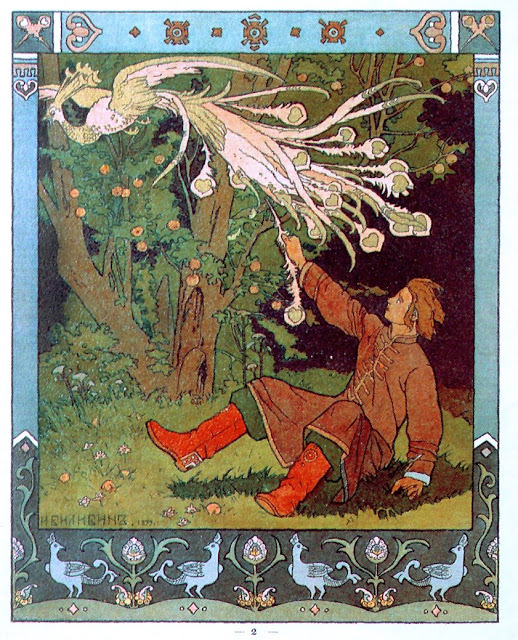 Les Concierges Rue du Dragon. Robert Doisneau, 1946
Les Concierges Rue du Dragon. Robert Doisneau, 1946
LES FEUILLES MORTES
Oh! je voudrais tant que tu te souviennes
Des jours heureux où nous étions amis
En ce temps-là la vie était plus belle,
Et le soleil plus brûlant qu’aujourd’hui
Les feuilles mortes se ramassent à la pelle
Tu vois, je n’ai pas oublié…
Les feuilles mortes se ramassent à la pelle,
Les souvenirs et les regrets aussi
Et le vent du nord les emporte
Dans la nuit froide de l’oubli.
Tu vois, je n’ai pas oublié
La chanson que tu me chantais.
REFRAIN:
C’est une chanson qui nous ressemble
Toi, tu m’aimais et je t’aimais
Et nous vivions tous deux ensemble
Toi qui m’aimais, moi qui t’aimais
Mais la vie sépare ceux qui s’aiment
Tout doucement, sans faire de bruit
Et la mer efface sur le sable
Les pas des amants désunis.
Les feuilles mortes se ramassent à la pelle,
Les souvenirs et les regrets aussi
Mais mon amour silencieux et fidèle
Sourit toujours et remercie la vie
Je t’aimais tant, tu étais si jolie,
Comment veux-tu que je t’oublie?
En ce temps-là, la vie était plus belle
Et le soleil plus brûlant qu’aujourd’hui
Tu étais ma plus douce amie
Mais je n’ai que faire des regrets
Et la chanson que tu chantais
Toujours, toujours je l’entendrai!
REFRAIN
____________________________
Oh, I would like you so much to remember
Those happy days when we were friends, and how
Life in those times was more lovely and tender,
Even the sun shone more brightly than now.
Dead leaves are gathering as in December
You see how one never forgets…
Dead leaves are gathering as in December,
Just like the memories and the regrets.
And then the north wind comes and sweeps them
Into oblivion’s icy night.
You see how I never forgot
That old song that you sang for me.
REFRAIN:
A song like us, birds of a feather,
You loving me, me loving you,
And we lived happily together,
You loving me, me loving you.
But life tears apart gentle lovers
Who quietly obey their heart,
And the sea invades the sand and covers
The footsteps of those torn apart.
Dead leaves are gathering, dead leaves are piling
Up just like memories and like regrets.
But still my love goes on quietly smiling
Thankful for life and for all that it gets.
I loved you so, you were ever so lovely,
How can I forget? Tell me how!
Life in those times was more sweet and beguiling,
Even the sun shone more brightly than now.
You were my most sweet friend and lover,
But regret just isn’t my thing,
And I’ll keep hearing all the time
The old song that you used to sing.
REFRAIN
Some of Prévert’s poems, such as Les Feuilles mortes (Autumn Leaves), La grasse matinée (Sleeping in), Les bruits de la nuit (The sounds of the night), and Chasse à l’enfant (The hunt for the child) were set to music by Joseph Kosma—and in some cases by Germaine Tailleferre of Les Six, Christiane Verger, and Hanns Eisler.
Les feuilles mortes (literally The Dead Leaves) with music by Hungarian-French composer Joseph Kosma and lyrics by poet Jacques Prévert, and the Hungarian title is Hulló levelek (Falling Leaves) Wa introduced by Yves Montand with Irène Joachim in the film Les Portes de la nuit (Marcel Carné, 1946).
It is a much-recorded popular song. The American songwriter Johnny Mercer wrote English lyrics in 1947, and Jo Stafford was among the first to perform this version. Autumn Leaves became a pop standard and a jazz standard in both languages, both as an instrumental and with a singer. There is also a Japanese version called Kareha (枯葉) sung by Nat King Cole in his Japanese album version and 高英男 (Hideo Kou).
It has been recorded by Frank Sinatra, Edith Piaf, Serge Gainsbourg, Juliette Gréco, Joan Baez, Bob Dylan, Chet Baker, Eric Clapton, Iggy Pop, Andrea Bocelli, among others.Serge Gainsbourg paid tribute to Les feuilles mortes in his own song La chanson de Prévert.
The film Autumn Leaves (Robert Aldrich, 1956), starring Joan Crawford, featured over the title sequence the song as sung by Nat King Cole.
To listen to an altered version of this song performed by Michael David Rosenberg (better known by his stage name Passenger), please take a gander at The Genealogy of Style‘s Facebook page: https://www.facebook.com/pages/The-Genealogy-of-Style/597542157001228?ref=hl





 La Grande Odalisque, 1814, Jean AugusteDominique Ingres
La Grande Odalisque, 1814, Jean AugusteDominique Ingres


























 Peter Som, United Bamboo, Imitation of Christ, Jeffrey Chow, Behnaz Sarafpour and Sebastian Pons
Peter Som, United Bamboo, Imitation of Christ, Jeffrey Chow, Behnaz Sarafpour and Sebastian Pons










